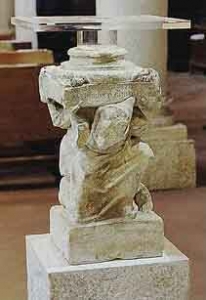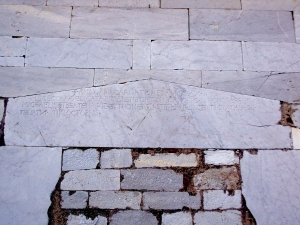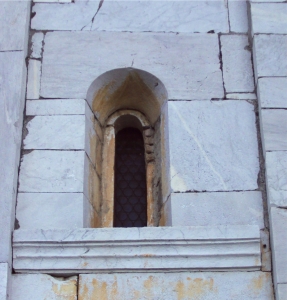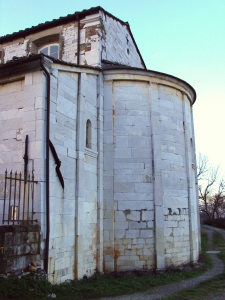
Information
Foundation:
VIII secolo
District/Location:
Lucca, località San Michele in Escheto
District:
Piana di Lucca

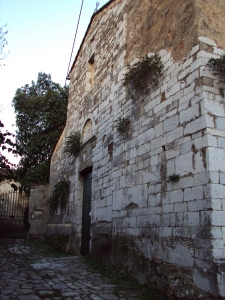
The small but important church of Saint Michele in Escheto is attested from the early Middle Ages but was completely rebuilt at the turn of the 11th and 12th centuries: construction and architectural features fully include it in the group of Lucchese churches built or rebuilt in the years following the bishopric of Anselmo from Baggio.
località S.Michele in Escheto Via della Chiesa di S. Michele in Escheto 55100 Lucca LU
The church of San Michele in Escheto is attested by documents already in the Longobard period: the dedication to the Archangel Warrior, a saint particularly dear to the sensitivity of the Germanic population, is typical for the churches founded during these years. However, there are no traces of the early medieval building since the church was completely rebuilt between the 11th and 12th centuries and then consecrated on September 29th 1122 by Bishop Benedetto, as evidenced by an inscription placed in the left side door. Given the chronological and also geographical proximity, it is possible that the same workers who worked in the very near years had led the churches of Santa Maria in Santa Maria del Giudice (Pieve Nuova) and of Sant'Andrea a Gattaiola, similar to the San Michele in Escheto also for many constructive and architectural details, starting from the masonry to large squared ashlars. Following this line of classicist purism typical of the architecture of Lucca of the time of Bishop Anselmo da Baggio and the following decades in general the proportions of the building, which the absence of sculptural decoration accentuates and emphasizes: in San Michele in Escheto this effect is more rhythmic than attenuated by the pilasters that mark the size of the apse, as well as the frames decorated with classical motifs that appear in the side contribute to the overall effect of recalling the antique. The interior of the church was extensively remodeled in the following centuries: in the nineteenth century it was completely plastered and the ceiling of the central nave was lowered. In the last century, an attempt was made to cancel all these interventions to restore the building to a hypothetical rather than “original” guise: this restoration operation ended up further distorting the architectural organism which, stripped of its secular garments, is remained naked with an aspect that no architect had ever intended to give him. The unfortunate operation is particularly evident in the interior columns, which had been chiseled together with the capitals to better accommodate the cladding that had transformed them into pillars. In the interior of the church there is a small telescope of the early 14th century, a fragment of a destroyed pulpit: the work is very worn but of high quality and can be approached by Nicola Pisano, with specific reference to the production of bottega by Arnolfo di Cambio. The bell tower was destroyed in 1313 as part of the wars between the Pisans and the Lucchesi and was then rebuilt, leaving the memory of the event in an epigraph walled outside the church.
Scopri altre attrazioni vicino a Saint Michele
See allYou may also like..
See allFind more
0








